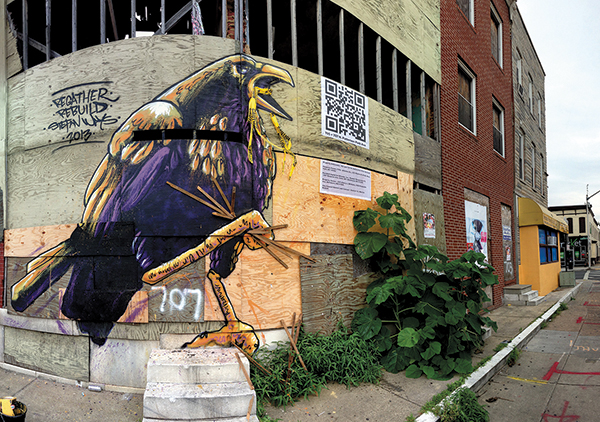Visual arts
During the 1960s, a progressive liberation of the spectator from observer to active participant occurred in the visual and performing arts, which were reciprocally informed by participatory forms of social protest and performance: marches, sit-ins, riots, and so on. Dancer and choreographer Anna Halprin (née Ann Schuman, 1920–), with her San Francisco Dancers’ Workshop, was directly involved in these developments, and their experiments soon infiltrated the creative endeavors of her husband, landscape architect Lawrence Halprin (1916–2009).
Read More...On January 23, 2014, author and award-winning journalist Krista Tippett of On Being interviewed artist Ann Hamilton at the Minneapolis Institute of Arts. Their conversation was part of the museum’s “MIA Stories” series and took place in conjunction with Hamilton’s exhibit and project “Sacred.”
You can listen to the interview below, and you’ll find a full transcript on the On Being website.
Read More...California is often characterized as a state in which the north and south differ politically and culturally, but differences between its coast and inland areas may be even more profound. The current year’s drought exacerbates the coast-versus-valleys tension as major cities vie with the state’s agricultural center for water. Intending “to start a new conversation between the two parts of California that are at best disconnected, and often at odds,” in 2010, photographer and writer Lisa Hamilton secured a grant from the Creative Work Fund to collaborate with Roots of Change.
Read More...“AIDS? Wasn’t that an art movement in the eighties?” quipped the young Chelsea gallerist, straining for just the right mix of irony and hipness. Sensing that her question missed the mark, the young woman then quickly offered, “Well, that’s a joke I often hear from artist friends when they talk about AIDS.” Her remarks betrayed a too-often-repeated distancing strategy from the reality of HIV/AIDS and the underlying complexity that the epidemic poses for artists today. On one hand, such comments hint at the wholesale incorporation of AIDS-themed art practice into the academy/marketplace.
Read More...From computer-mediated poetry, read on a laptop computer while sitting in a wireless café in Paris, to touring works of performing arts, such as composer Pamela Z’s Baggage Allowance, an installation and performance based on her world travels, new media artworks are becoming an integral part of the global cultural environment.
Read More...I first met Carrie Mae Weems in 1976. I was teaching a photography class at the Studio Museum in Harlem, which was then located in a large second-floor loft space above a Kentucky Fried Chicken on 125th Street and Fifth Avenue. On the first day of class as a few students straggled in, a seemingly shy woman with big, expressive eyes, introduced herself, “Hi, my name is Carrie. Do you think I could be a photographer?” she asked, holding her Leica camera in her hand.
Read More...January 2010, 21 pages. Fine Arts Fund, 20 East Central Parkway, Suite 200, Cincinnati, OH, 45202, 513-871-2787, www.fineartsfund.org
Supporters of the arts have struggled to develop a national conversation that makes the case for robust, ongoing public support for the arts; but public spending on the arts is too often criticized as an example of wasteful government spending or a misguided government intrusion into an area where it does not belong.
Read More...
